Product innovation software should help innovation managers and product managers:
Gather insights from employees on developing new products and continuously improving existing ones.
Learn about customer needs and pain points and tailor their innovations around these considerations.
Run experiments to understand if an idea is feasible, if it can benefit the customer, and if it is financially viable.
Implement and continuously improve ideas by pushing them through custom workflows.
To achieve this, we believe effective product innovation software should offer:
Innovation challenges and targeted idea collection tools from customers and employees: Employees rarely submit product ideas relevant to the product strategy — unless innovation managers explicitly educate them about current priorities. This is why innovation software should allow innovation managers to inform employees about what product ideas they want and only let them submit relevant ideas.
Collaborative feedback features: Innovation managers usually lack the bandwidth to assess every idea they receive properly. This is why innovation software should have collaborative feedback features so that they can crowdsource idea assessment and pull insight from a broad swath of employees.
Product idea evaluation workflows: Different types of product ideas naturally require different roadmaps to implementation. So, good innovation software should allow innovation managers to create custom workflows to validate various product innovations; this ensures ideas get acted upon and don’t remain untouched.
Project management features: Innovation software should allow innovation teams to plan implementation tasks, launch ideas, and manage these final steps.
There are plenty of product management software on the market. However, they are generally focused on execution and not necessarily product innovation. Some are limited in their ability to collect ideas relevant to specific priorities. Others may have effective idea collection features but need more workflows to turn ideas into shippable products.
So, we wrote this guide reviewing five popular product innovation software — our solution (InnovationCast), Aha!, Brightidea, Planview, and Miro — discussing their pros and cons in the context of our above-mentioned requirements.
If you’d like to learn more about InnovationCast, you can request a free demo here.
1. InnovationCast: Innovation Management Software to Turn Product Ideas into Innovations
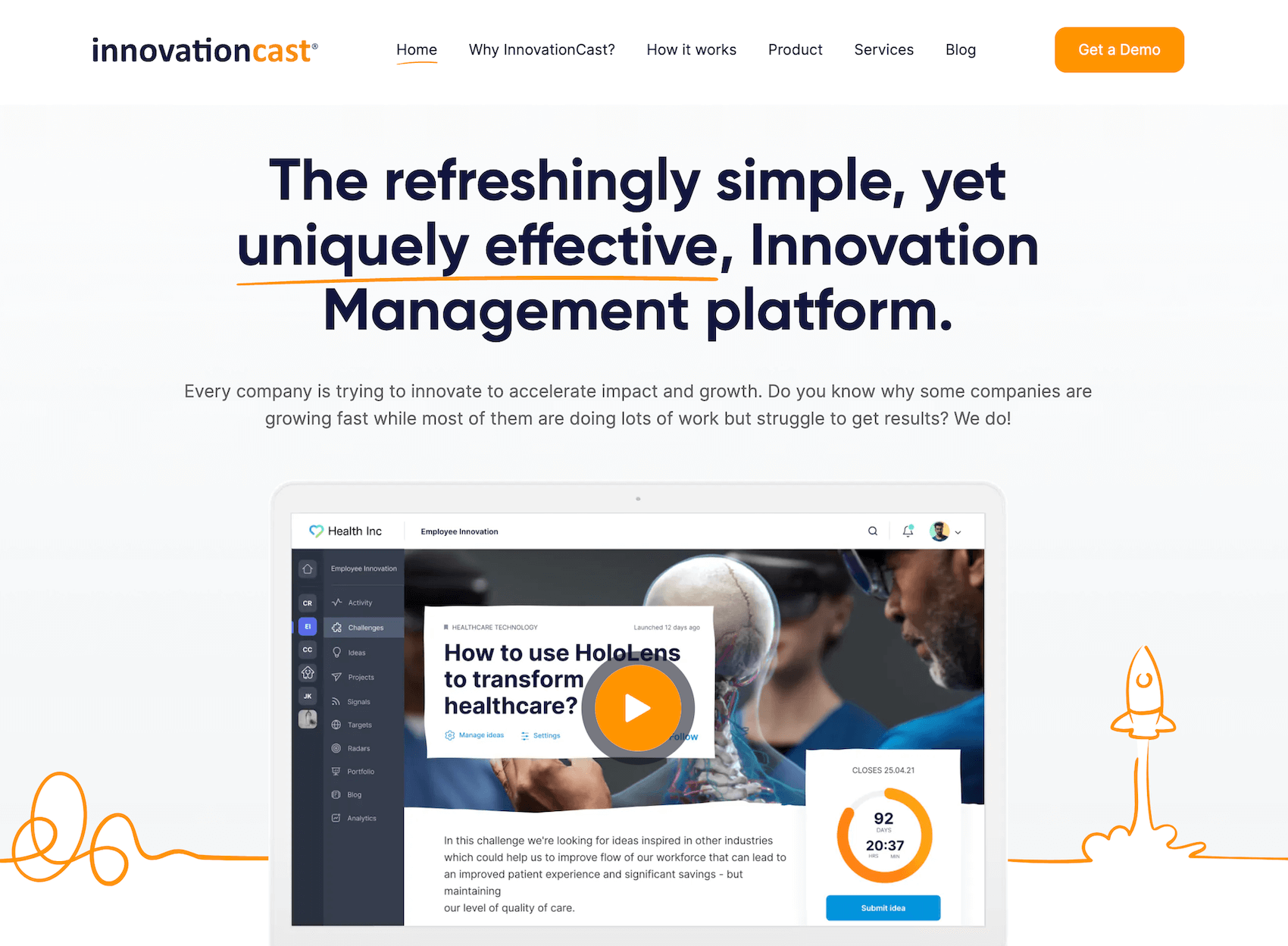
InnovationCast is a comprehensive innovation management platform that supports product ideas through their entire lifecycle. Our solution is highly configurable and scalable, so we can tailor our software to support your priorities and processes, and you can modify workflows and other settings as you go.
During onboarding, our customer success team joins you on a call to learn about your product innovation priorities. We then show you how to collect relevant ideas using our challenges and “Always On” features (more on this below).
To ensure you actually turn these product ideas into tangible solutions, we give you the rundown of our idea evaluation workflows and configure these workflows to your innovation processes. These workflows allow you to conduct experiments to validate the feasibility of new products and support the continuous improvement of existing ones.
Finally, we will show you how to plan implementation steps and track the success of the products once they are launched.
However (as mentioned earlier), we understand that different product ideas require different processes to validate and launch. The key here is that we don’t limit the number of workflows you can create, and workflows aren’t set in stone. We show you how to edit these — by dragging, dropping, and editing steps, no coding required — so workflows can adapt with your teams.
We’ll go into more detail about these features so you can see how our software works.
Product Idea Collection Features
InnovationCast offers two key idea collection features:
Challenges allow innovation managers to collect ideas related to the product innovation strategy.
Employees can submit relevant product ideas 24/7 with “Always On”.
Challenges Allow Innovation Managers to Collect Ideas Related to the Product Innovation Strategy
Innovation Challenges are time-constrained requests for employees to submit ideas about specific priorities and goals.
Innovation managers can create challenges around new products they are trying to launch or existing products they are trying to improve and nudge employees to submit relevant ideas.
Innovation managers can use articles, FAQ sections, videos, and other resources to provide employees with background on these priorities.
They can also create custom submission forms to encourage employees to provide extra details or consider potential constraints before submitting their ideas. Lastly, they can set deadlines for when these challenges close, helping employees understand which challenges are most urgent.
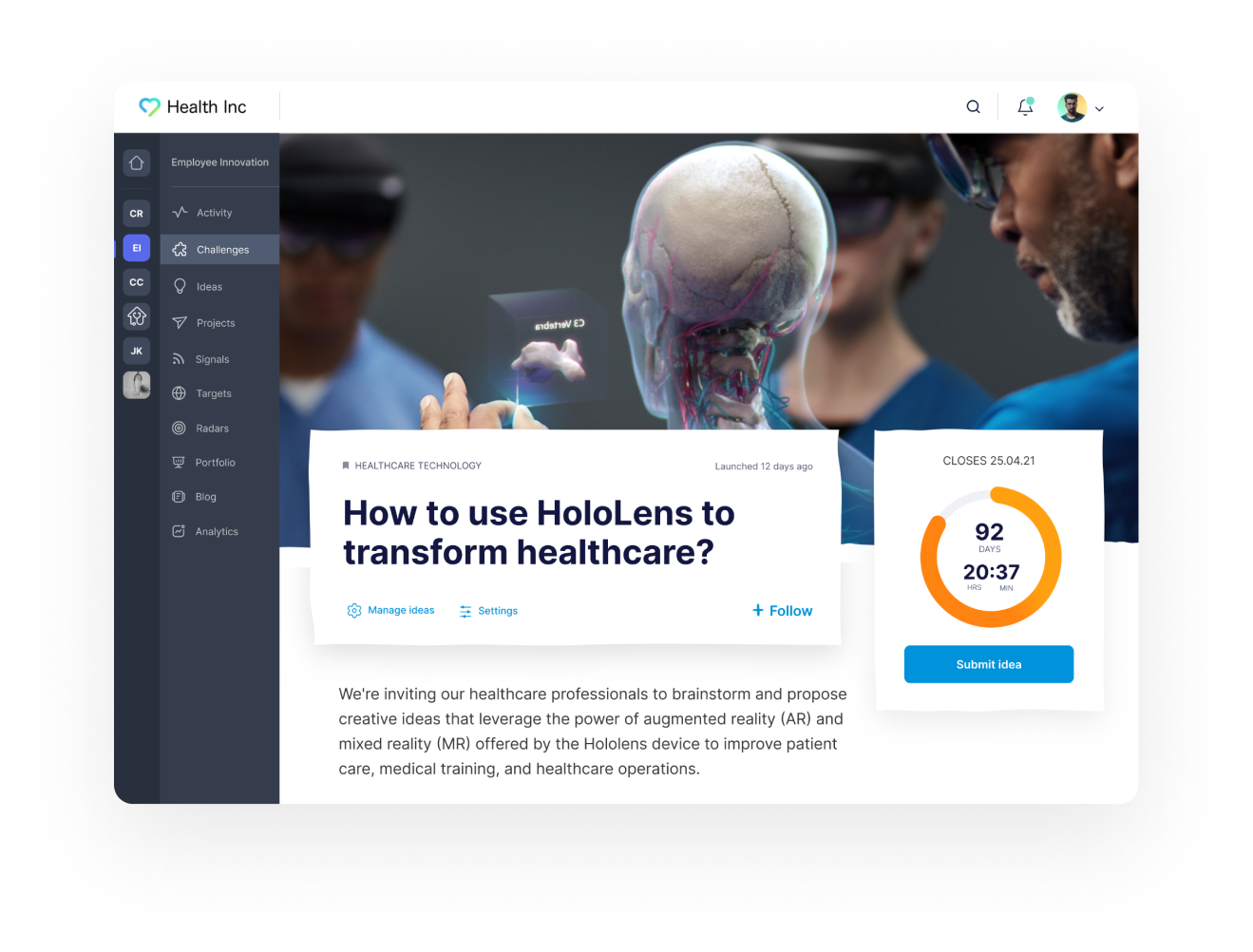
Say a beverage company is looking for a biodegradable alternative to regular plastic bottles due to environmental concerns.
They could create a challenge and inform employees about the impact of plastic bottles on the environment, their sustainability goals, regulatory requirements, and any budget constraints.
This tells employees what product ideas the innovation department is trying to collect. (Without this guidance, employees are unlikely to submit ideas about transitioning from plastic bottles to greener materials.)
Additionally, the supplemental resources give employees the information required to understand the problem in detail, resulting in more well-thought-out ideas.
Employees (or Even Customers) Can Submit Relevant Product Ideas 24/7 with “Always On”
With our “Always On” idea collection feature, you can open idea submission to employees so they can submit product ideas anytime inspiration strikes.
“Always On” is an open call for employees to submit their best ideas. However, unlike the typical idea collection method that most companies use — where they allow employees to submit any idea to a web form or company email address — “Always On” requires employees to bucket their product ideas into specific topics before submission.
This ensures innovation managers collect a high volume of ideas related to their innovation priorities.
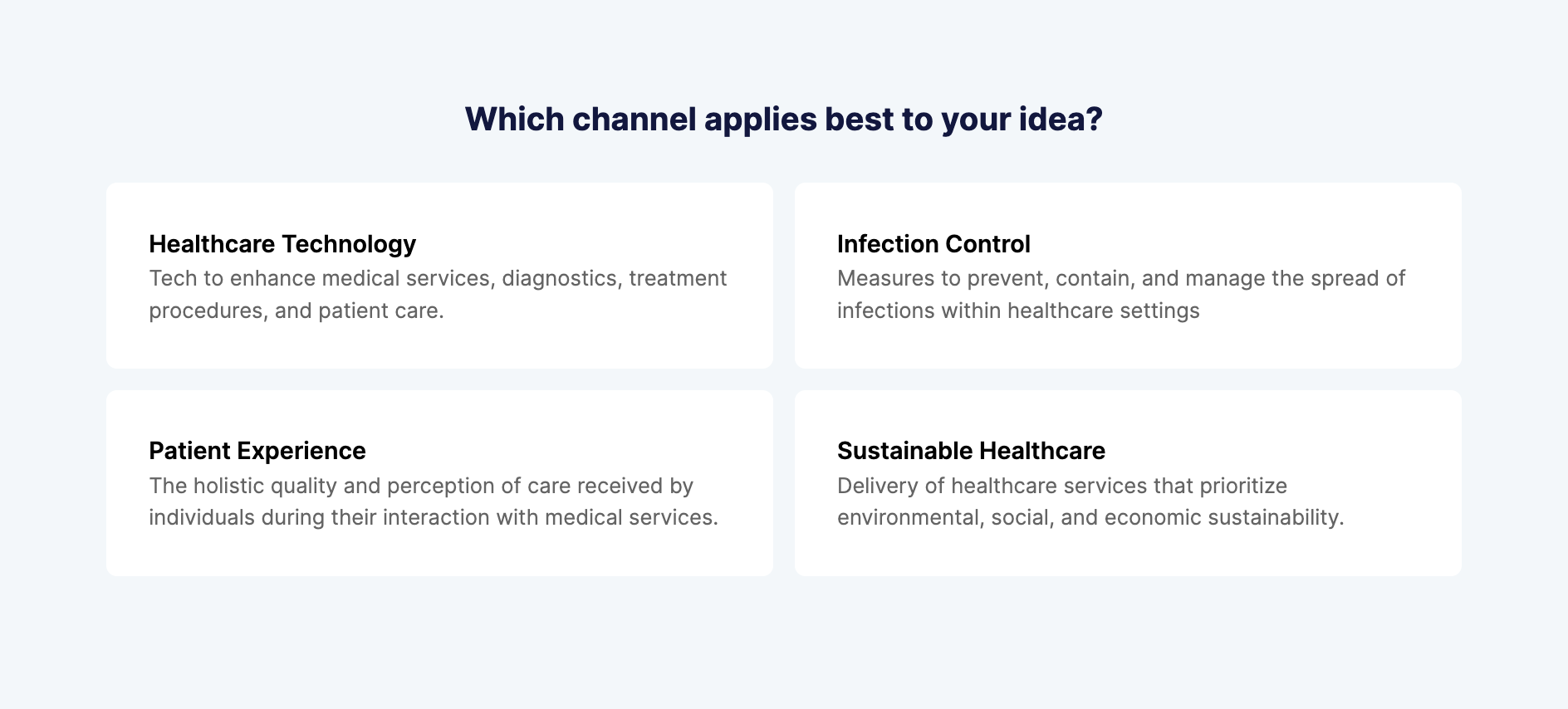
In addition, innovation managers can create custom submission forms asking employees to discuss their ideas in more detail. Using the example above, if the innovation department is looking for ideas on transitioning from plastic bottles to more environmentally friendly materials, they could ask questions like:
What material do you suggest using instead of plastic?
How much better is this material compared to plastic? Can you link to some research papers?
How much does this material cost compared to plastic?
How viable is it to source this material at scale?
This provides innovation managers with important details about ideas that they can use to determine whether they are worth pursuing.
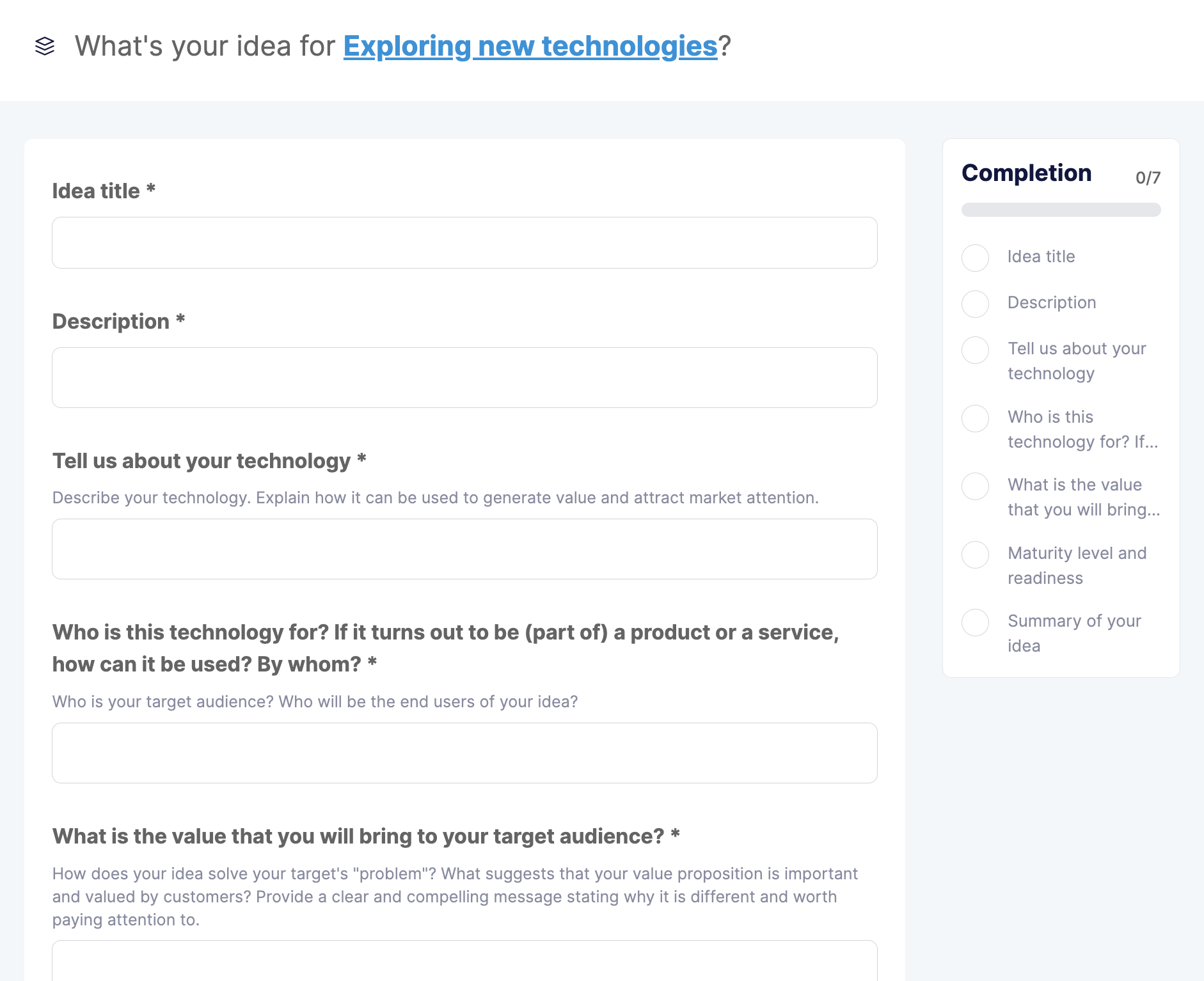
Features to Crowdsource Feedback on Product Ideas
In our experience, it’s rare that an employee submits a perfect idea requiring zero refinement. There are often weaknesses and considerations that innovation managers and stakeholders need to work through before launching the final product.
So, we added tools to InnovationCast to crowdsource idea assessment. This way, employees from various departments can provide their opinions on ideas.
Voting & Discussion Features
When an employee responds to a challenge or submits an idea, innovation managers can choose to display their responses publicly, making them visible to others.
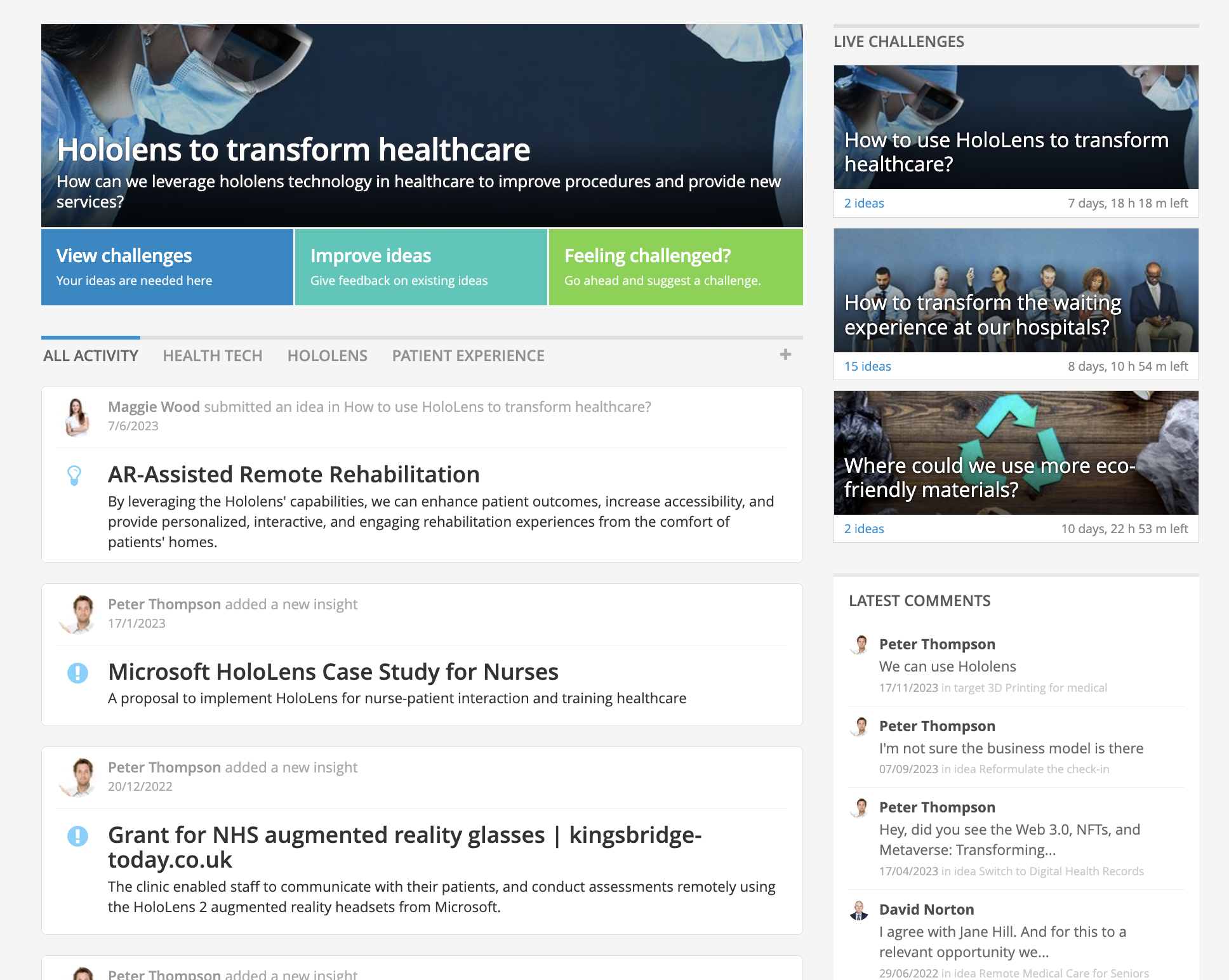
Everyone can vote on which ideas to pursue by saying if they "Look great," "Need work," or are "Undecided."
Then, we require voters to provide a reason for their vote, ensuring original authors receive feedback to improve their ideas. Original authors can start discussions with voters by responding to this feedback and working together to edit their ideas.
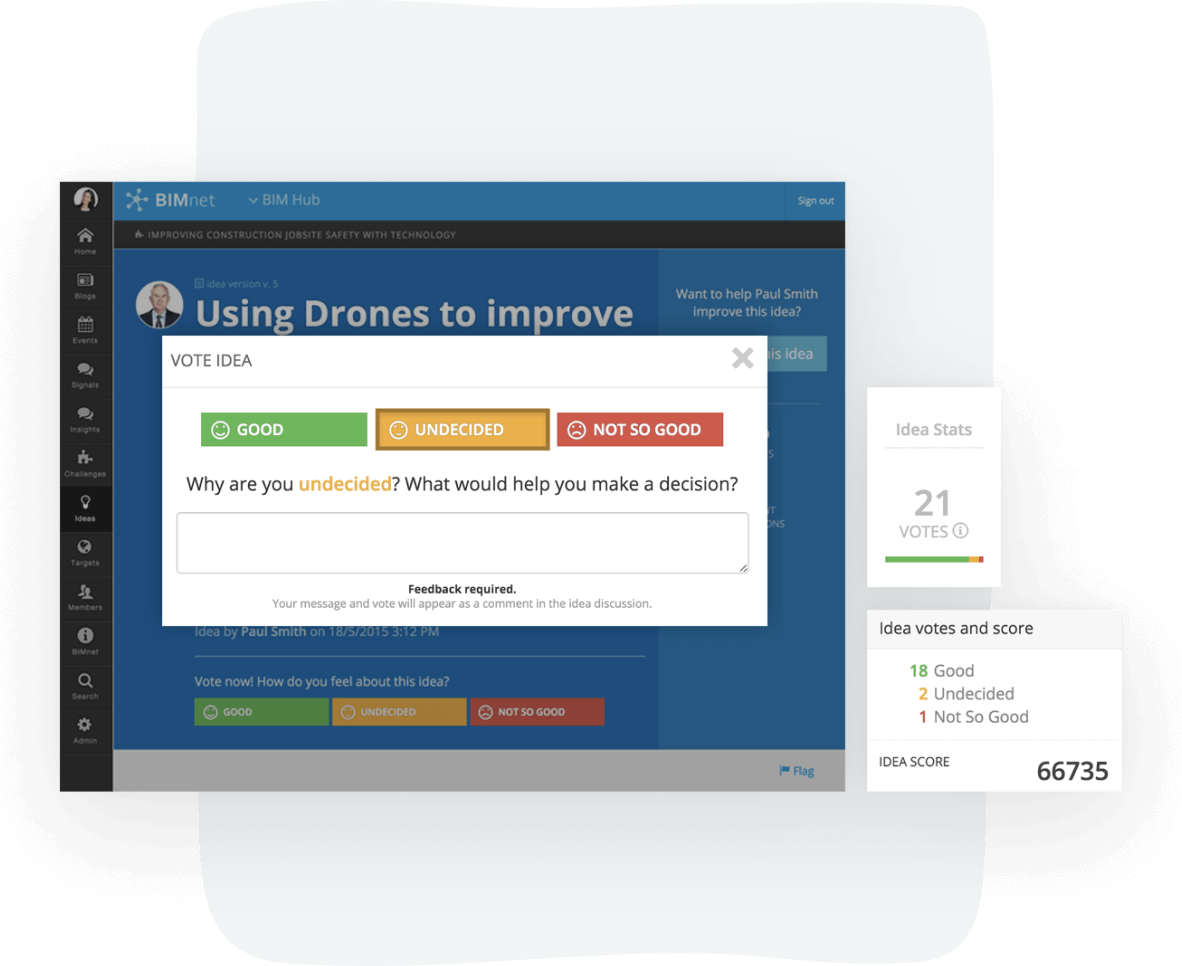
This step — having employees from all corners of the company view ideas, share feedback, and work alongside original authors to improve them — is essential to creating a culture of innovation and helps ideas reach their full potential.
Read more: How to Create a Collaborative Innovation Process and Network
Features to Validate and Launch Product Ideas
If innovation teams don’t have the necessary workflows to validate and launch product ideas, they remain untouched.
This is why we designed InnovationCast with:
Product idea evaluation workflows to test the viability of ideas.
Project manager to launch new products and support the continued development of live products.
Product Idea Evaluation Workflows
Innovation teams can set up unlimited idea evaluation workflows to validate and implement various types of product ideas, whether they are launching a completely new product (e.g., a beverage company introducing an environmentally friendly water bottle) or improving an existing product (e.g., a smartphone company trying to make its phones lighter and more resistant to impact).
These idea evaluation workflows give innovation and product teams the starting points to test and implement product ideas.
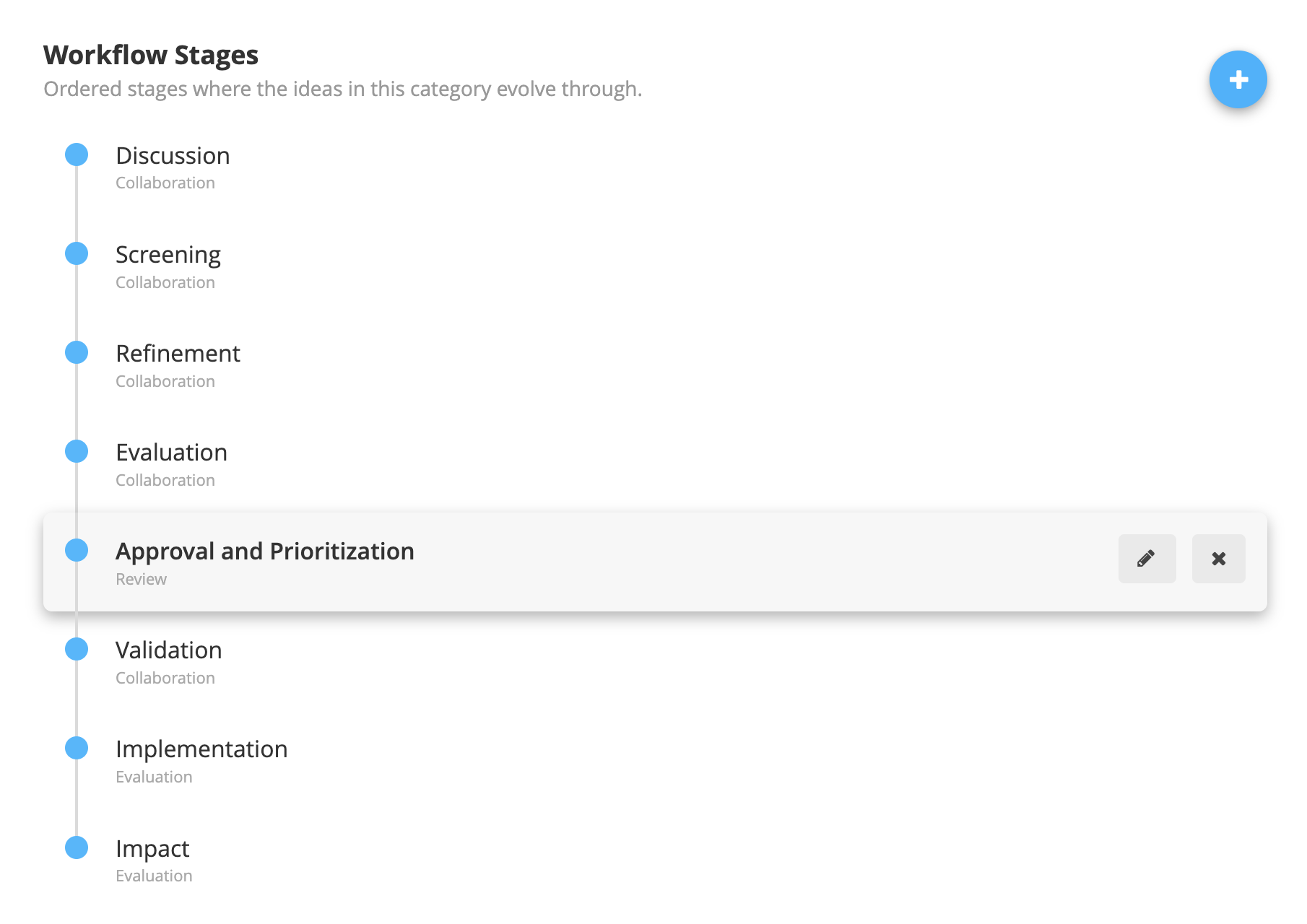
We also provide innovation managers with the workflows required to push innovations through the five stages of design thinking (empathize, define, ideate, prototype, and test) and understand how each innovation can benefit the user experience.
Staying with the water bottle example above, let's say that the innovation department inside a beverage company learns that PHA (or Polyhydroxyalkanoates) is a biodegradable, cheaper, and more durable alternative to plastic.
Innovation managers could call the R&D department to analyze existing research papers and understand PHA's properties, benefits, and limitations. They could consider factors like safety, shelf life, and flavor retention.
Once they learn that PHA is a good alternative to plastic, they could call the supplier management department to identify manufacturers that produce PHA resin suitable for making bottles.
Then, innovation managers can call stakeholders to work with selected manufacturers to develop and test a water bottle that meets all requirements for strength, durability, and sealing properties.
This way, innovation teams can manage a product idea from start to finish within InnovationCast. Everyone within the organization knows what tasks they are responsible for and when they are due, which keeps product launches on track.
Read more: Best Practices to Evaluate Innovation Ideas
Project & Portfolio Management
When the innovation department has validated the use of PHA water bottles, they can use our project management dashboard to create and assign implementation tasks to various teams.
For example, they could call operations managers to scale production and ask the marketing team to educate customers about the benefits of PHA bottles.
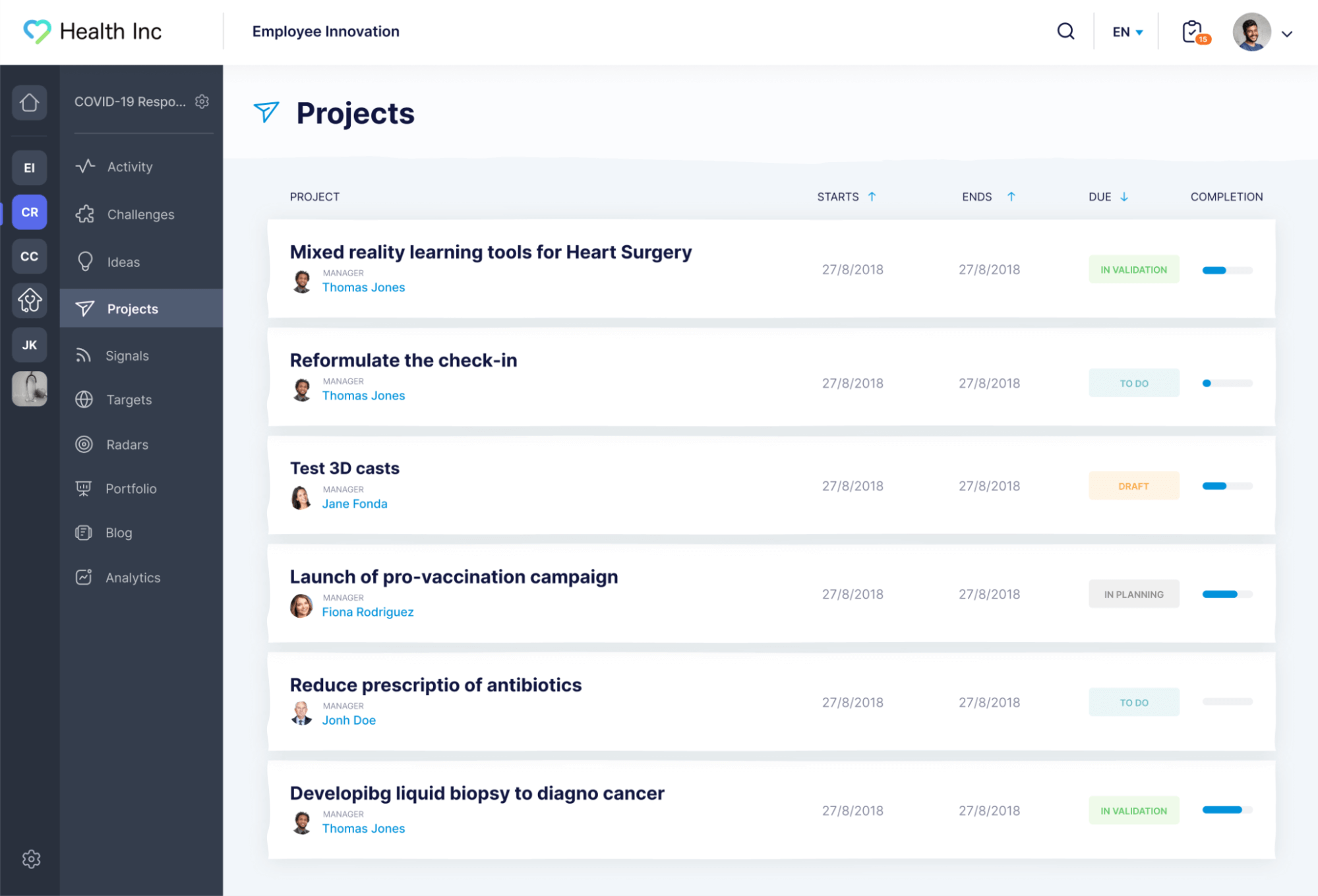
Then, they can use our portfolio manager to monitor the progress of these tasks and see which ones are on track and which need special attention.
Additionally, innovation managers can view all past implementations to know which ideas they already pursued and the outcomes of these projects. They can learn from the successes and failures of previous product launches and use these lessons to tweak their current implementation plan.
Tools That Encourage Employees to Contribute to Innovation Efforts
Here are some additional features we added to InnovationCast to help innovation managers create an employee innovation program that gets everyone — not just product designers and developers — involved in product innovation efforts.
Signals & Scouting
Our Signals & Scouting feature allows employees to share news about the latest competitor products, technologies, and trends with everyone inside the organization. When others log into InnovationCast, they can see these resources on their dashboard and are encouraged to share their thoughts with original posters.
For instance, say a smartphone company's priority is to produce a phone more resistant to impact.
An employee learns that a new type of chemically strengthened glass was recently developed that could be used to make phone screens. They can share this information with colleagues, stakeholders, and managers, and everyone can brainstorm whether manufacturing phones with this glass is financially feasible.
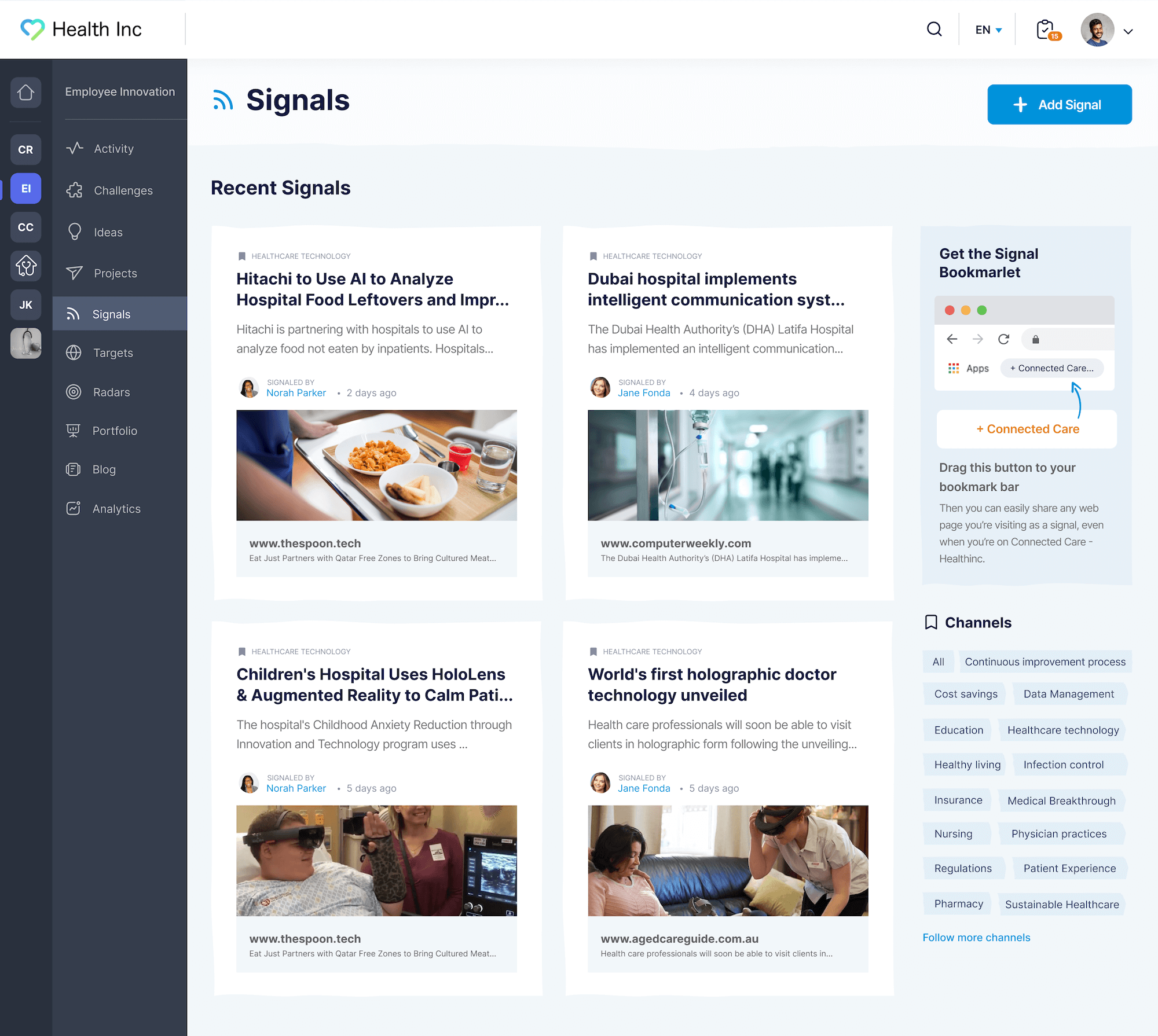
Note that employees can’t submit just any resource — innovation managers can require employees to bucket their Signals into certain topics relating to company priorities before posting. This ensures that all postings are relevant to the organization's product innovation strategy.
Using a beverage company as an example, these categories could be:
Creating a biodegradable bottle.
Finding ways to reuse bottles.
Developing new flavors without using sugar or harmful additives.
Designing packaging that catches the eye of consumers and educates them about the eco-friendly benefits of the water bottle.
In addition to our collaborative feedback features, this creates a more sustainable innovation program that garners insights from all employees, not just those with original ideas.
Employee Badges & Rewards
Employees spend a lot of time researching, submitting, and editing their ideas, and if they aren’t rewarded for this time investment, they often stop contributing to innovation efforts.
To prevent this, innovation managers can use our badges and rewards system to reward employees for their hard work and encourage innovation in the workplace.
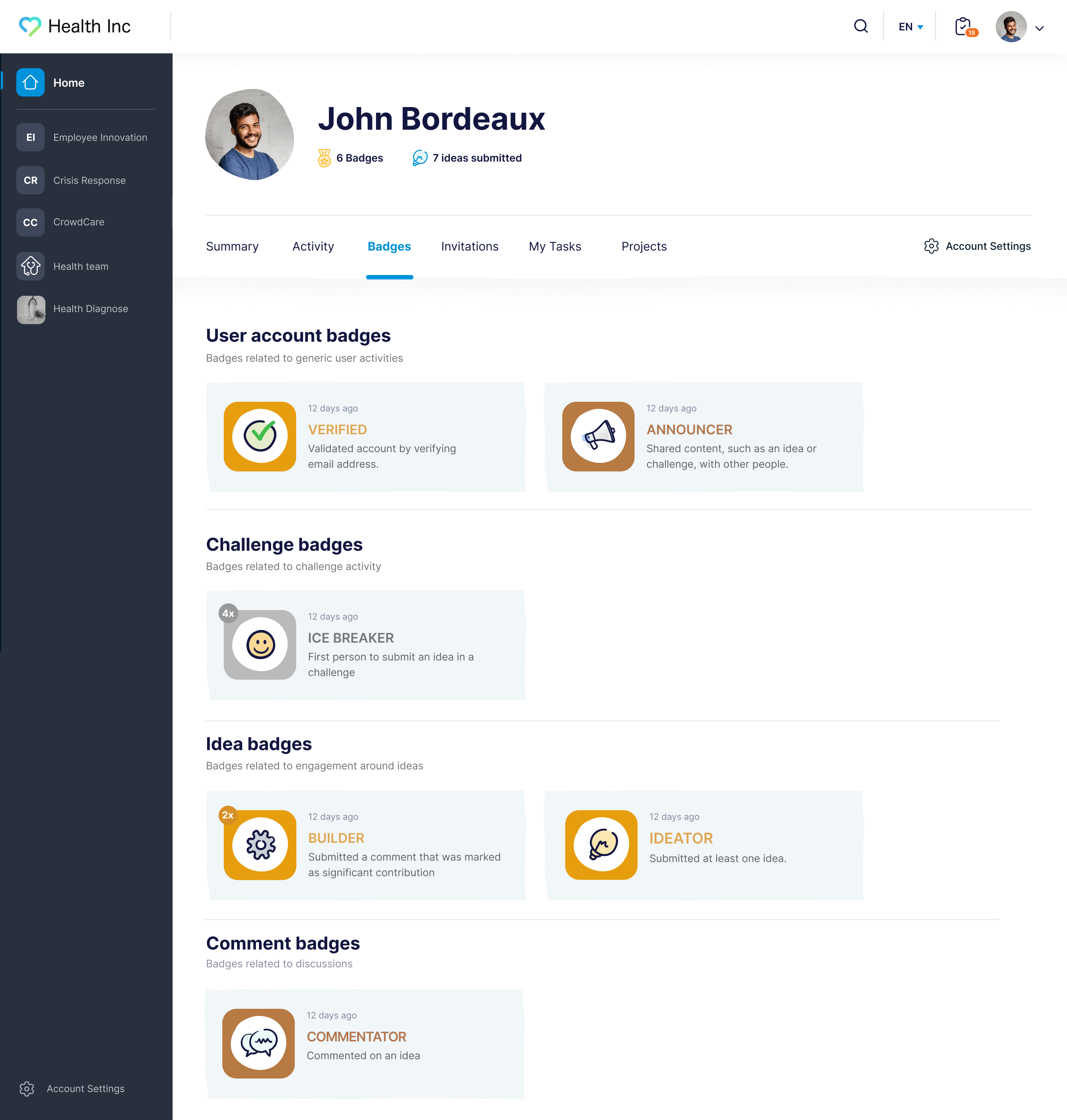
Innovation managers can award PTO, gift cards, wellness packages, cash prizes, and any other type of reward to employees who lend their time to innovation efforts.
This incentivizes employees to continue submitting ideas and leaving thoughtful commentary on their colleagues’ ideas.
Onboarding Training Materials and Email Reminders
Innovation managers sometimes need help getting employees to use their new innovation software productively.
This is why we offer onboarding emails that contain training materials showing employees how our challenges, "Always On," and Signal features work.
Then, innovation managers can utilize our email reminders to nudge employees to submit ideas whenever they post a new challenge or to leave feedback on their colleagues' ideas.
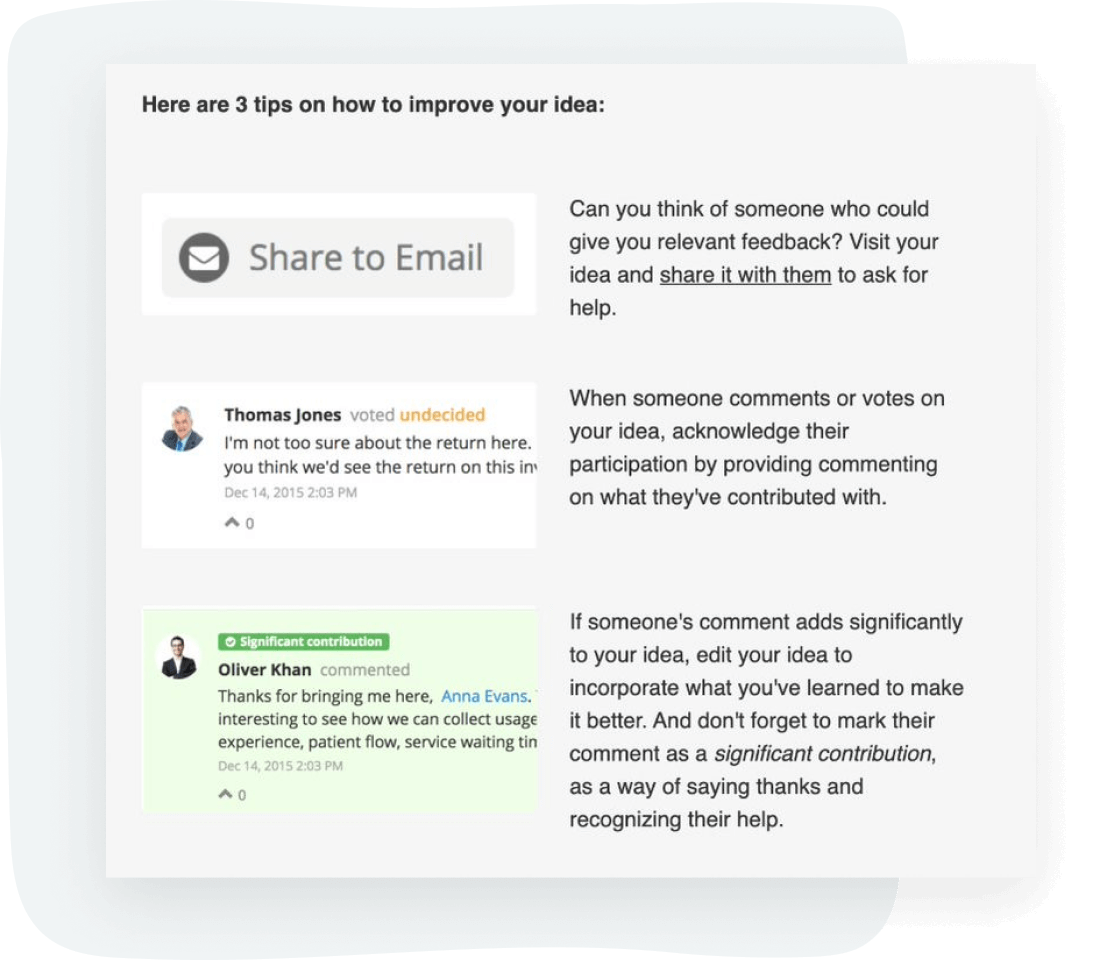
Read more: 6 Steps to Implement Innovation Management in an Organization
Book a Free InnovationCast Demo
Book a free demo to learn more about our idea evaluation workflows and how they support the launch of new products and the continuous improvement of existing ones.
2. Aha!
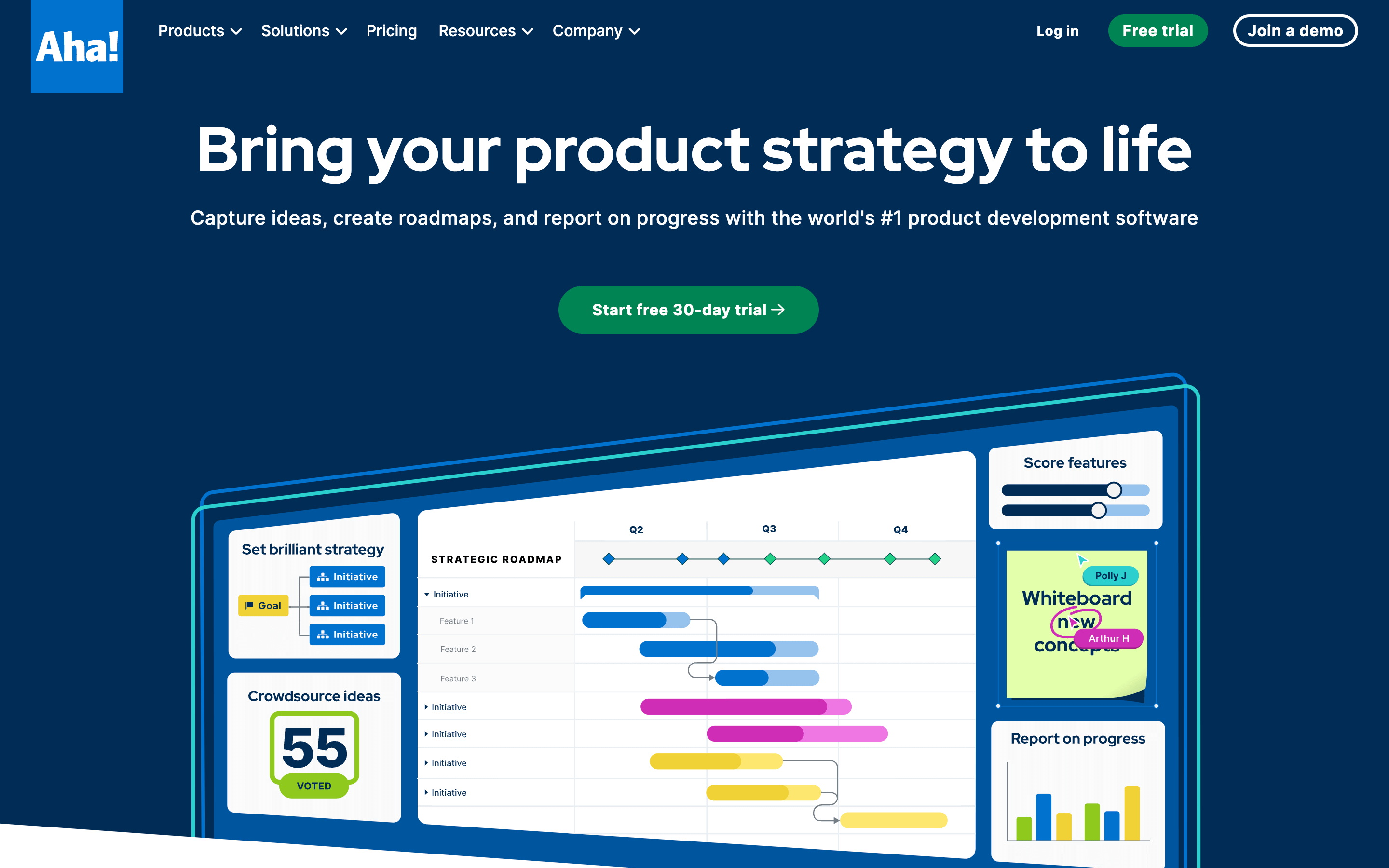
Aha! isn’t innovation management software per se — they are agile product development software — however, we wanted to include it because it has idea collection features and roadmaps to help product teams collect, test, and launch product ideas.
Their product development tool can be broken up into five components:
Aha! Roadmaps — This feature allows product teams to build and push ideas through customizable roadmaps. Inside these roadmaps, they can collect feedback from subject matter experts, run experiments to validate ideas, and use automation to move ideas forward.
Aha! Ideas — This feature allows product teams to centralize all customer requests in one place, give employees access to them, and ask them to submit relevant ideas.
Aha! Whiteboards — This feature allows product teams to visualize all innovations inside concept maps, customer empathy maps, and SWOT diagrams.
Aha! Knowledge — This feature allows product teams to centralize all ideas inside a knowledge base and share this with customers to understand what they think about these ideas.
Aha! Develop — This feature allows managers to invite product designers and developers to build specific products using several design tools.
Pricing
Aha! has pricing plans for each of the five features listed above.
Aha! Roadmaps starts at $59 per user monthly and gives you access to the Roadmaps feature, Aha! Ideas, Aha! Whiteboards, and Aha! Knowledge Essentials.
Aha! Ideas starts at $39 per user per month and gives you access to the idea management software, Aha! Whiteboard, and Aha! Essentials.
Aha! Knowledge starts at $39 per user per month, which includes access to the knowledge hub and Aha! Essentials.
Aha! Whiteboards starts at $9 per user per month and only provides access to the whiteboard feature.
Aha! Develop starts at $9 per user monthly and gives you access to the product development tool.
Aha! also has an academy program that teaches product and project management skills. The pricing for this plan isn’t available on their website; you have to book a demo for a custom quote.
3. Brightidea
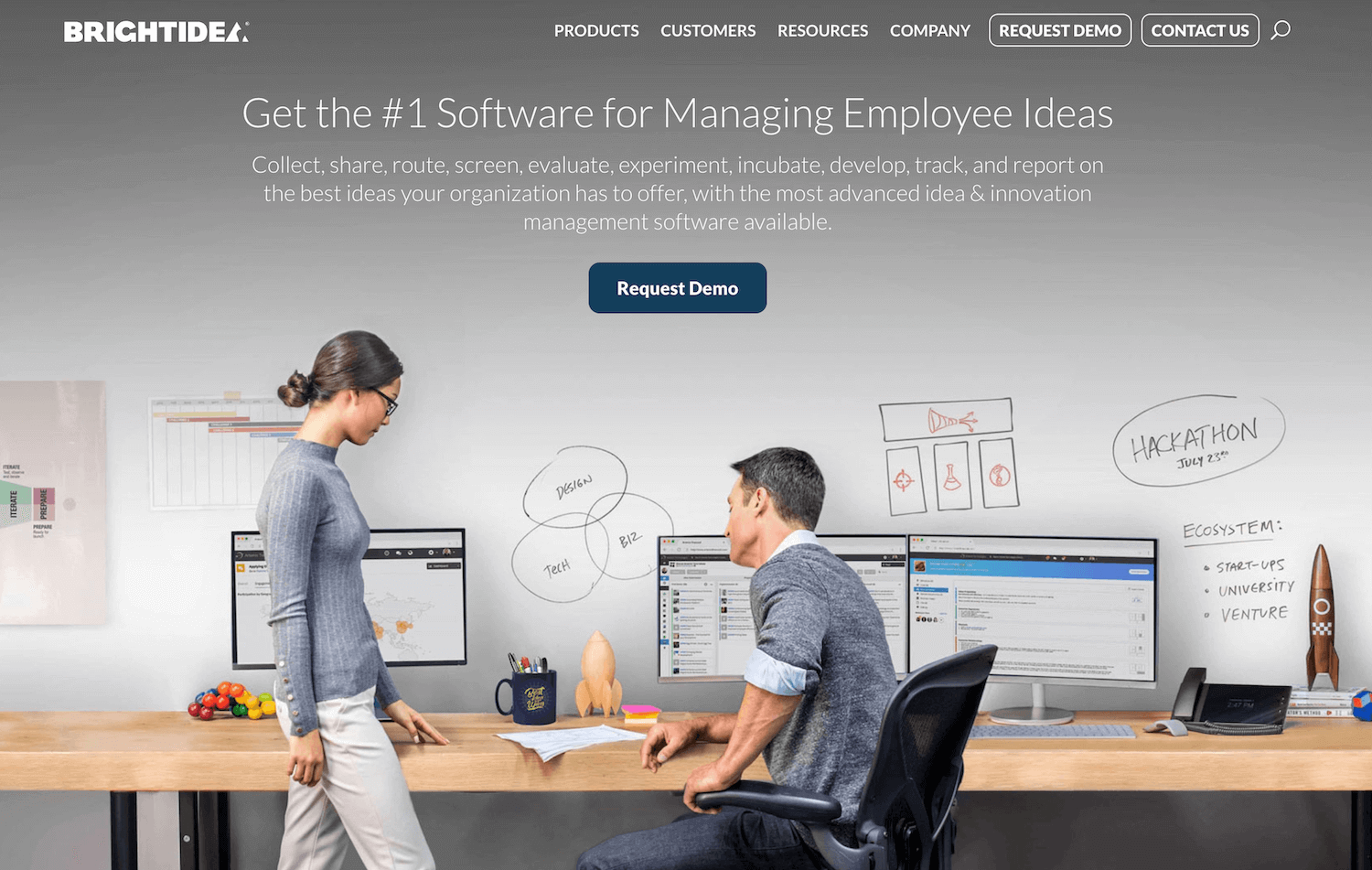
Brightidea is an enterprise innovation management platform that supports creating and implementing product ideas. Corporations like Amazon, Nike, and Merck have used Brightidea to launch successful products.
Brightidea allows innovation managers to call employees to submit ideas around specific product priorities and work together to improve them. From here, innovation managers can invite the product development team to sketch prototypes, test them, and finally, build the full products.
Brightidea’s innovation platform can be split into six key features:
Program — Innovation managers and stakeholders can create posts detailing product initiatives and invite employees to submit ideas.
Idea box — This feature allows innovation managers to open up idea collection beyond the program feature. Idea box is always open, so employees can submit ideas relevant to product priorities anytime.
Hackathon — This feature allows innovation managers to call programmers inside (and outside) the company to build software products that can solve certain organizational problems.
Lab — This is where innovation managers, stakeholders, and employees can view all submitted ideas, share their thoughts, and vote on which ones to validate and implement.
Ecosystem — This feature allows innovation managers to tap into the expertise of outside parties and ask them for help developing new product ideas and improving existing products.
Transformation — Innovation managers can assign implementation tasks to specific teams and track their real-time progress.
Pricing
Although Brightidea doesn’t publicly share its pricing, reviewers say plans start at $59 monthly.
Read more: Brightidea Competitors and Alternatives Review Guide
4. Planview

Planview is an innovation management software that emphasizes project and portfolio management. It allows innovation teams to plan the implementation of innovations, assign tasks to various departments, allocate resources to these departments, and track the impact of finished products.
However, we found that Planview doesn’t have idea generation features like challenges, nor does it allow innovation managers to crowdsource idea assessment. This is something to remember if you’re looking for software to support the entire lifecycle of product innovations, not just implementation and tracking steps.
This makes Planview a good choice for innovation teams with an existing list of product ideas they’d like to validate, launch, and track.
Planview’s feature set can be broken up into two main components:
Portfolio and resource management — This allows innovation managers to track the impact of implemented ideas, see which ideas are most profitable, allocate resources to ideas with the most potential, and cut off ideas that aren’t a good fit.
Capability and product management — This feature allows innovation managers to turn raw product metrics and KPIs into business insights and use these insights to improve decision-making.
Pricing
Planview doesn’t display pricing plans on its website. You have to book a demo, and their customer success team will provide you with a quote.
5. Miro
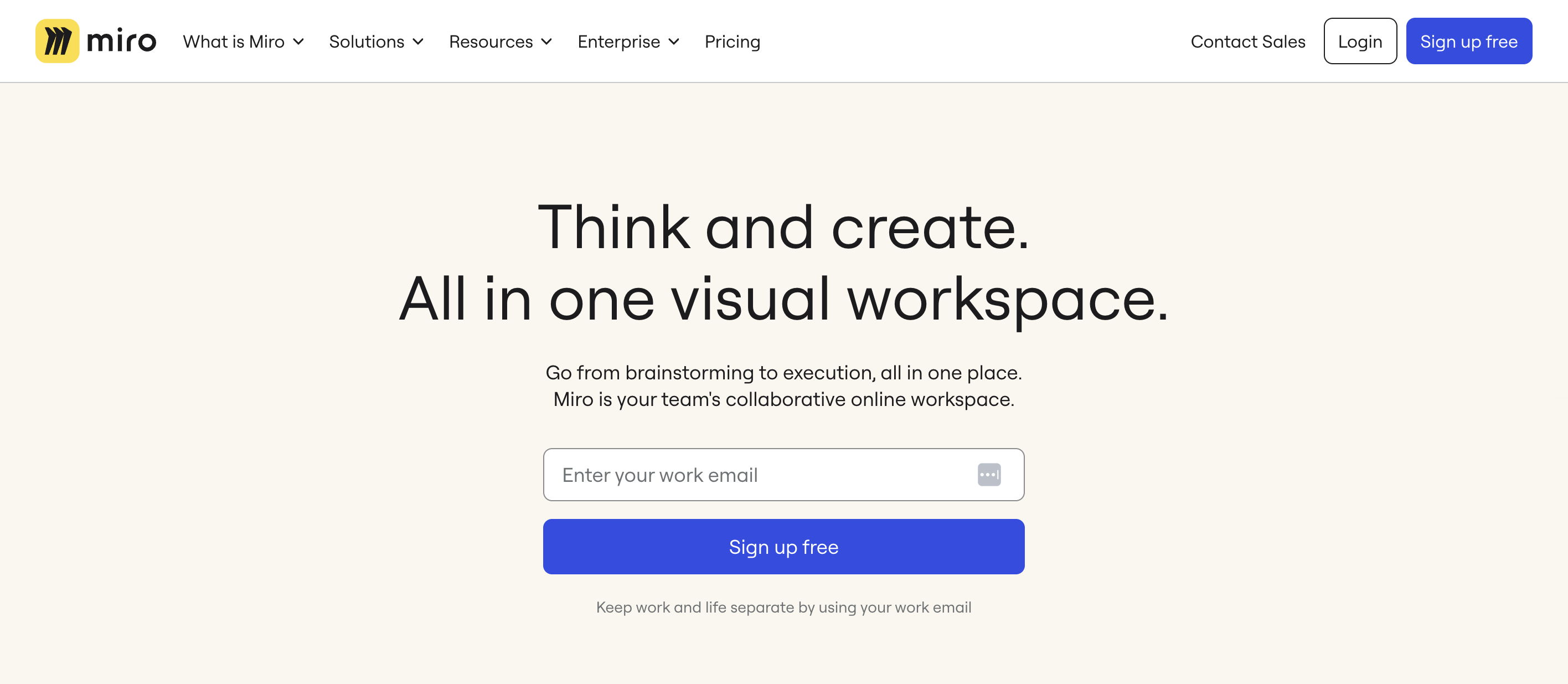
Although Miro isn’t an innovation management platform (it’s a whiteboard tool), we decided to include it because Miro markets its solution to product innovation teams, with features to plan and launch ideas and manage the product lifecycle.
Innovation managers can run brainstorming workshops where they invite employees to collaborate and generate product ideas that solve specific problems while streamlining inefficient processes.
Once they’ve decided to test and implement certain ideas, innovation managers can create maps and diagrams containing implementation tasks like financial risk analysis and MVP sketch and assign them to specific teams.
Note: It’s important to remember that while whiteboard tools like Miro allow you to visualize workflows, they lack the features required to track and manage implementation tasks accurately.
These are Miro’s main features:
Product development workflows — These workflows allow product and innovation teams to manage the validation + implementation of tasks and projects in a centralized location. Managers can invite employees to view this dashboard, provide feedback, and collaborate to launch product ideas.
Development process mind mapping — This feature lets innovation managers and product teams visualize all implementation tasks. Managers can create new product development maps or use Miro’s pre-built templates.
Content and data visualization — This functionality allows innovation managers to centralize organizational data and invite team members to analyze it and make product development decisions.
Pricing
Miro has three paid plans in addition to a free plan:
The Starter plan costs $10 per user per month and comes with a single workspace and unlimited boards.
The Business plan costs $20 per user per month, comes with unlimited workspaces and boards, and allows admins to invite unlimited guests.
The Enterprise plan is available upon request and comes with 24/7 support and enterprise-grade security.
Turn Employee Ideas into Innovative Products with InnovationCast
If you're interested in learning more about how InnovationCast can help you gather insights from employees and turn them into scalable products, we invite you to schedule a free demo with our customer success team.
Related reads:

